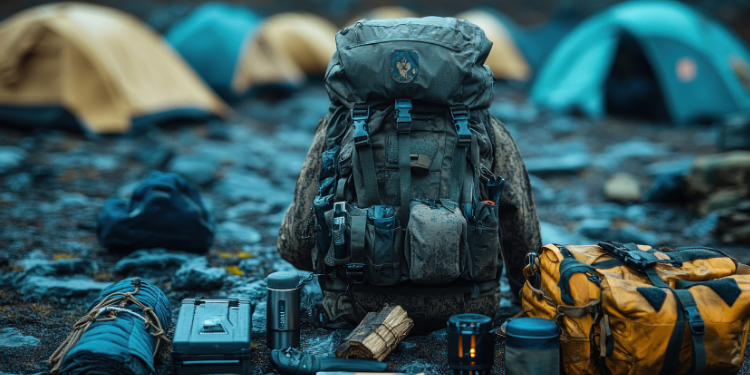Parts and Firearm Accessories You Should Get Before It’s Too Late
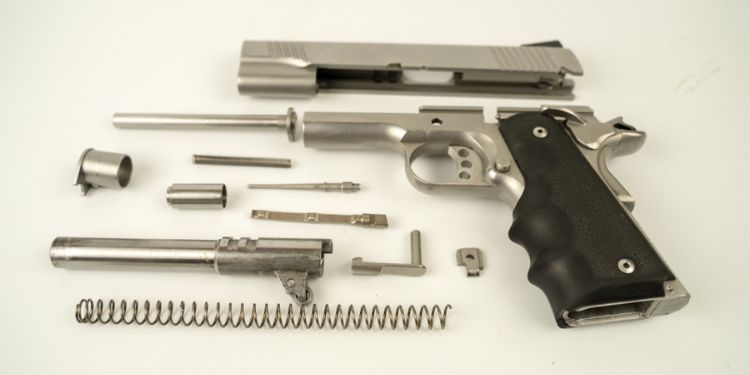
It’s probably safe to say most preppers own at least one gun. It’s hard to think of any single item that’s more likely to protect you, your family and your vital supplies in a crisis.
Unfortunately, guns have two problems: They’re complex machines that can go wrong, and they’re a political hot potato. Both these problems create the risk that, just when you need your gun the most, it won’t be giving its best performance.
The good news is you can cut that risk by having the right parts and accessories available – and the time to get those parts and accessories is now, while you can be sure they’re easily available.
Here’s the top items you should be collecting to make sure your guns are ready for whatever’s coming down the road.
Magazines
Even if you don’t plan to stock up on any other gun parts, get some more magazines.
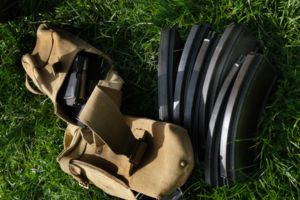 Without a magazine, most modern firearms are just clumsy, inefficient single-shot breech loaders. Yes, you can run an AR15 by loading one round at a time into the chamber, but that’s slow and awkward.
Without a magazine, most modern firearms are just clumsy, inefficient single-shot breech loaders. Yes, you can run an AR15 by loading one round at a time into the chamber, but that’s slow and awkward.
It’s just about adequate for hunting, but for self-defense it’s hopeless. You need magazines to use a gun effectively.
There are a couple of problems with magazines, though. One is that because they’re detachable they’re the most likely part of your gun to get lost or damaged. Magazines can fall out of unsecured pouches or get dropped under the stress of combat.
They’re vulnerable to damage – especially the vital feed lips – and almost impossible to repair if they get dented. Aluminum magazines, like most metal AR15 mags, also wear out; repeated loading and use will eventually erode the ends of the feed lips.
Magazines are also a main target of gun banners. Gun control activists would love to ban “large capacity” magazines. Some states already have – for example, in California it’s illegal to buy a magazine that holds more than ten rounds.
Related: The Guns the Government Doesn’t Want You to Have
However, even in California pre-ban magazines were grandfathered in. Stock up on them now, so if a federal ban ever happens you’ll have enough to keep you shooting reliably in the future.
Extractors
Running out of serviceable magazines will convert your gun into a single-shot breech loader, but a broken extractor is even worse – you’re going to have to push a cleaning rod down the muzzle, and probably hammer on the end of it, to get every fired case out of the chamber.
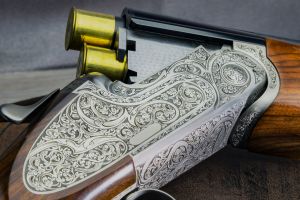
Unfortunately, extractors are one of the components that fails most often on any firearm.
On AR15-type rifles it’s probably the #1 failure point. Fire enough rounds and sooner or later your extractor will break, probably at the groove where the rim of the cartridge snaps into it.
The good news is extractors aren’t too expensive. You can pick up an AR15 extractor for less than $8, and for under $20 you can get a kit that also contains the spring, pin and other parts needed to install it. It’s worth getting a few of the kits just so you have the parts to deal with any extractor problem, then some bare extractors too.
Firing Pins
The firing pin is another component that’s likely to break. If it does, the best case scenario is that your gun won’t work.
The worst case scenario is that the broken section of the pin will get stuck in the forward position, so the gun fires as soon as you chamber a round. A couple of spare firing pins are essential if you want to keep a gun working in the long term.
Furniture
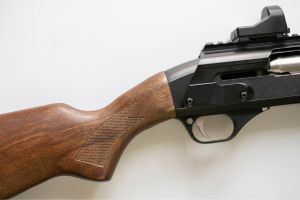 Stocks, pistol grips and handguards tend to be made of plastic, and they can take some hard knocks. That means sometimes they break, and that can leave a gun almost unusable. They’re also a target for gun banners. California’s notorious gun laws, as well as the old federal “assault weapon” ban, restricted popular styles of rifle furniture.
Stocks, pistol grips and handguards tend to be made of plastic, and they can take some hard knocks. That means sometimes they break, and that can leave a gun almost unusable. They’re also a target for gun banners. California’s notorious gun laws, as well as the old federal “assault weapon” ban, restricted popular styles of rifle furniture.
⇒ How to Make Automatic Backyard Traps and Alarms Against Looters and Intruders (Video)
Adjustable stocks and pistol grips are banned in California and counted as controlled features under the 1994 federal ban. It’s likely that any future federal law would regulate them again. Having some spares will let you replace broken parts and also upgrade your rifle if society collapses and the law becomes irrelevant.
Springs
Any firearm relies on springs. From feeding rounds from the magazine, to firing a shot, ejecting the spent case and chambering a new round, lots of bent and coiled bits of springy wire make things happen. Unfortunately springs can break, and even if they don’t they’ll slowly lose strength over time. Hard use, high temperatures and just age will eventually make them lose their springiness – and when that happens you’ll start to get stoppages.
You should have at least one complete set of replacement springs for each gun you own. On top of that, some extra recoil springs are always good to have, and perhaps trigger springs too. One thing to be aware of is that if you have an AR-style rifle with an aftermarket trigger, make sure you get spare springs from the trigger’s manufacturer; the strength and geometry could be different from standard AR springs, and that might lead to reliability problems.
Ammunition
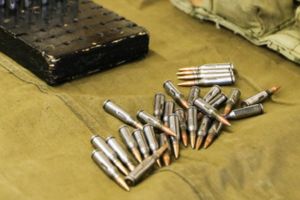 Finally, don’t forget to stock up on ammo.
Finally, don’t forget to stock up on ammo.
There are so many firearms in the US that even the most fanatical gun grabber knows they’re never going to take more than a fraction of them out of circulation
But there is one button the government can push if it’s determined enough – ammo.
Restrict or shut off the supply and a lot of guns will become useless. Even if the government doesn’t get involved, ammo shortages can happen; in 2020, sparked by a combination of the COVID pandemic, the surge in gun ownership after the Black Lives Matter riots and the election of President Biden, gun stores across the US started to run short of popular calibers.
That shortage still hasn’t completely gone away – and if you want an example of just how fragile supply chains can be, the main problem is that US factories can’t produce enough primers to meet demand.
Any time you get the chance to stock up on ammunition at a reasonable price, take it. Even if it’s not your preferred brand or load, any ammo that will work in your gun is better than nothing.
When a crisis hits, a gun will give you a much better chance of surviving the immediate aftermath. If the crisis causes a long-term or even permanent collapse of society, however, you’ll be relying on your guns to keep you alive for years. Make sure they stay in working order – and avoid potential government interference – by stocking up on the parts and ammunition you need now.
Being prepared with the right gun parts and accessories can give you a huge advantage when things go south, but having a well-rounded survival plan is key. As any seasoned prepper knows, survival is about more than just weapons—it’s about having a complete strategy in place.
Even if your firearms are fully stocked and operational, your home and family need protection in more ways than one. This guide provides a comprehensive approach to survival that goes beyond firearms, teaching you how to turn your home into a fortress, store vital supplies, and ensure you’re ready for any long-term crisis.
After all, preparedness is about more than just having the right tools—it’s about being ready for the unexpected.
You may also like:
 This Tree Is Like Bread but You Can Only Harvest It in the Next 3 Months
This Tree Is Like Bread but You Can Only Harvest It in the Next 3 Months
Why You Should Never Hide Your Guns in Your Basement (Video)
10 Plants Soldiers Looked for During the Civil War
Best DIY Food Projects for When SHTF
How to Freeze-Proof Your Water Stockpile
Read the full article here







